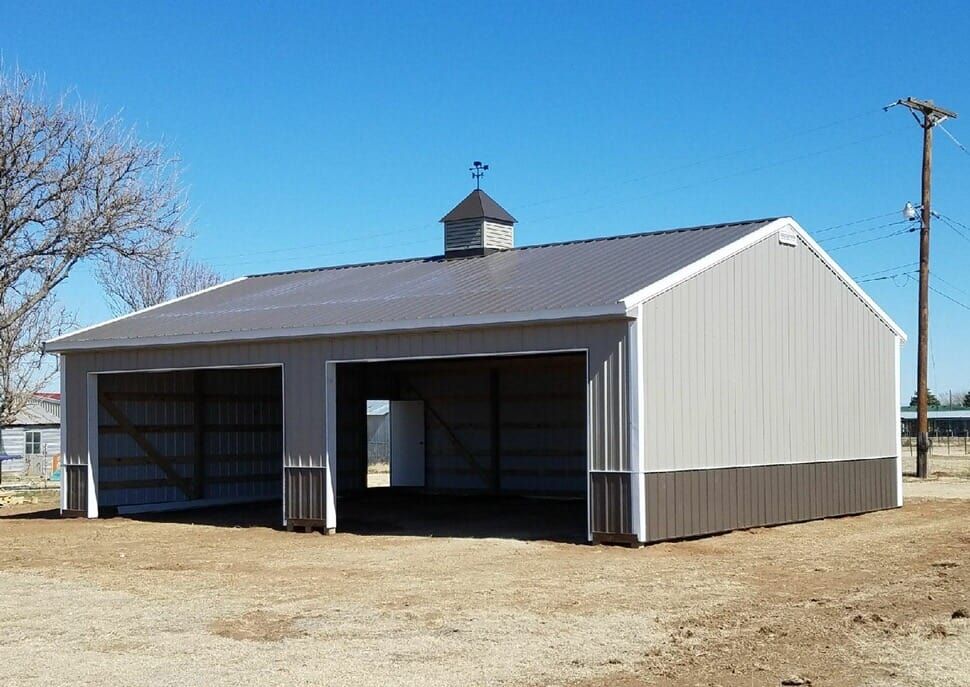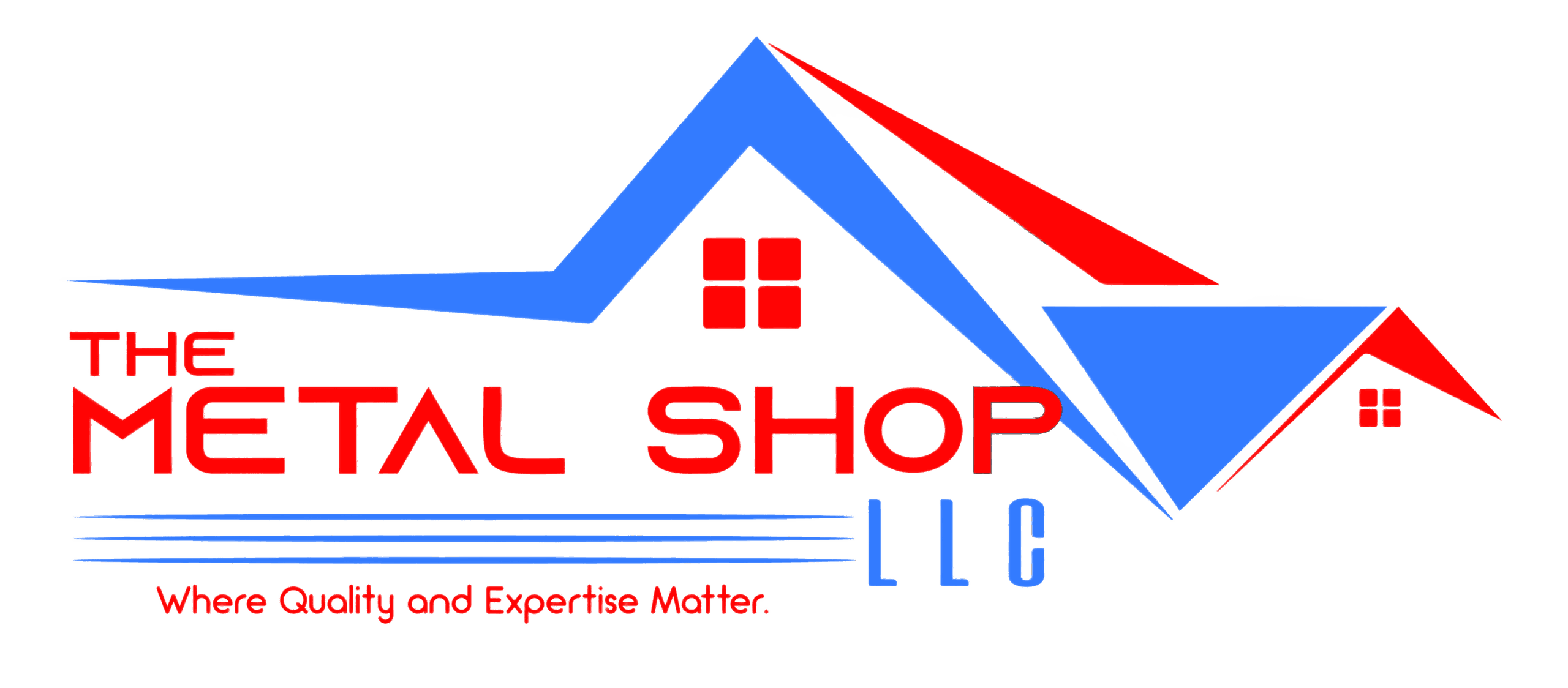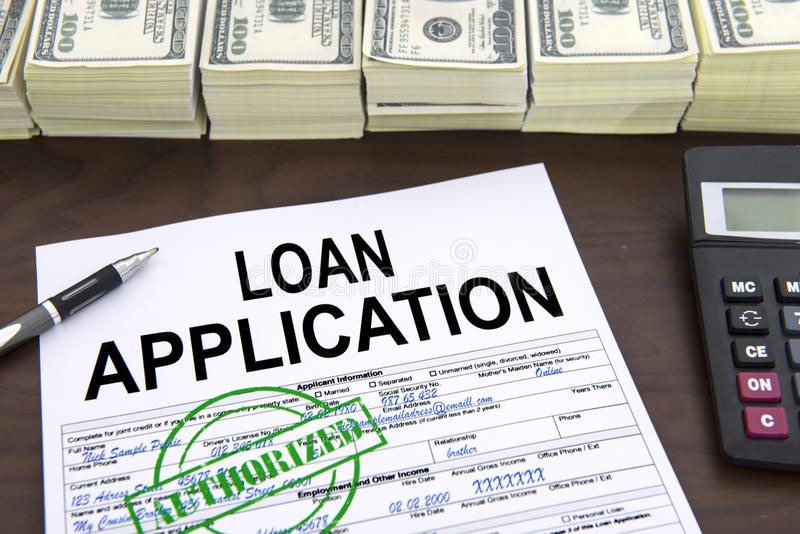Thinking about building a pole barn but stressing over the price tag? You’re not alone. From homeowners to farmers and small business owners, many rely on financing to bring their projects to life.
This guide breaks down smart loan options so you can plan your build without losing sleep over the budget.
How to get a loan for a pole barn?
To get a loan for a pole barn, review your credit, compare lenders, and prepare strong financial records to boost approval chances.
Key Takeaways
- A loan lets you build a pole barn now without draining savings.
- Options include personal, home equity, farm, construction, and dealer financing.
- Lenders check credit, income, property value, and down payment.
- Strong financial prep and clear plans improve approval odds.
- Always compare terms and watch for hidden costs.
Why Consider a Loan for Your Pole Barn?

A pole barn is more than a basic structure it’s an investment. Whether it’s for storage, livestock, or a workshop, the upfront cost can feel heavy.
A loan helps you build sooner without draining savings, breaking payments into manageable chunks.
It also lets you invest in quality durable materials, insulation, and upgrades that raise long-term value. Plus, your barn can start working for you immediately, from protecting equipment to generating income.
Types of Loans Available for Pole Barn Financing
Personal Loans
A personal loan is one of the simplest ways to finance a pole barn. Banks and credit unions often offer fixed rates and set repayment terms. You won’t need collateral, but strong credit helps you qualify for better rates.
Home Equity Loans or HELOC
If you own a home, tapping into your equity can be a smart option. A home equity loan gives you a lump sum with predictable monthly payments. A HELOC works more like a credit card, letting you borrow as needed during the draw period.
Agricultural Loans
For farms or rural properties, agricultural loans are designed with barns and outbuildings in mind. These loans often come with longer terms and lower rates. Local lenders or the USDA may have specific programs for agricultural use.
Construction Loans
If your project is larger or more complex, a construction loan might fit. These loans release funds in stages as the barn is built. Once completed, the loan usually converts into a standard mortgage or term loan.
Dealer or Manufacturer Financing
Some pole barn companies partner with lenders to offer in-house financing. It’s convenient and tailored for these projects. Just compare the terms with outside lenders to make sure you’re getting a fair deal.
Factors Lenders Consider Before Approving Your Loan
Credit Score
Lenders want to know if you’re reliable with payments. A strong credit score shows you’ve handled debt responsibly in the past. If your score is low, work on paying down balances before applying.
Income and Debt Ratio
Your income versus your current debt load matters. Lenders check if you can comfortably take on another payment. Keep your debt-to-income ratio below 40% for better approval odds.
Property Value and Purpose
They also review the property where the barn will be built. A well-planned project that adds value to your land gives you more leverage. Be ready to explain its purpose—storage, farming, or business.
Down Payment
The more cash you put down upfront, the less risk for the lender. Even a 10–20% down payment can improve your approval odds while reducing loan size.
Steps to Apply for a Pole Barn Loan
Review Your Credit
Start by knowing how much your pole barn will cost. Factor in materials, labour, and any extras like insulation or electricity. This helps you borrow the right amount without surprises later.
Review Your Credit
Lenders will look at your credit score before approving anything. Pull a free report and fix any errors. A stronger score usually means better rates.
Compare Lenders
Don’t settle for the first option. Check banks, credit unions, and even agricultural lenders. Each may offer different terms that fit your needs better.
Gather Documents
Be ready with income proof, tax returns, and project details. Having everything in order speeds up approval and shows lenders you’re serious.
Submit Your Application
Complete the application online or in person. Be accurate and thorough—missing details can delay approval.
Wait for Approval
Lenders may take a few days to review. Stay available in case they need more info. Once approved, you’ll get the funds and can start building.
Tips to Improve Your Chances of Loan Approval
Check Your Credit Score: Lenders look at your credit first. Pay off small debts and fix errors before applying.
Save for a Down Payment: A bigger down payment shows commitment. It also reduces the amount you need to borrow.
Prepare Strong Financial Records: Gather tax returns, bank statements, and income proof. Having organised documents speeds up approval.
Choose the Right Lender: Not every bank knows pole barn financing. Look for lenders with experience in construction or agricultural loans.
Show a Clear Plan: Present drawings, cost estimates, and intended use. A solid plan gives lenders confidence you’ll follow through.
Alternatives to Traditional Loans
Home Equity Line of Credit (HELOC): If you’ve built equity in your home, a HELOC lets you borrow against it. Flexible repayment makes it easier to manage.
Personal Loans: Unsecured personal loans are quick to get and don’t require collateral. They’re best if you need smaller amounts fast.
Agricultural or Farm Financing: Some lenders offer special financing for agricultural buildings. These often come with lower rates and longer terms.
Credit Unions: Local credit unions often provide better rates than large banks and may be more flexible with approvals.
Common Mistakes to Avoid When Financing a Pole Barn
Skipping the Budget Plan: Jumping in without crunching numbers first can leave you strapped later. Always know your total costs before applying.
Ignoring Loan Terms: Low monthly payments might look good, but long terms add up. Compare interest rates and total repayment amounts.
Not Checking Credit Options: Some lenders offer better rates for strong credit. Review your credit score and shop around before locking in.
Overlooking Hidden Costs: Permits, site prep, and upgrades often sneak up. Factor these into your loan amount so you’re not short.
Final Thoughts: Is a Loan Right for Your Pole Barn?
A loan isn’t a one-size-fits-all solution. If cash flow is tight but your vision is big, financing can keep the project moving without draining your wallet.
Weigh your timeline, budget, and long-term plans. If the monthly payments fit comfortably, a loan can be the key to building the barn you want sooner.

